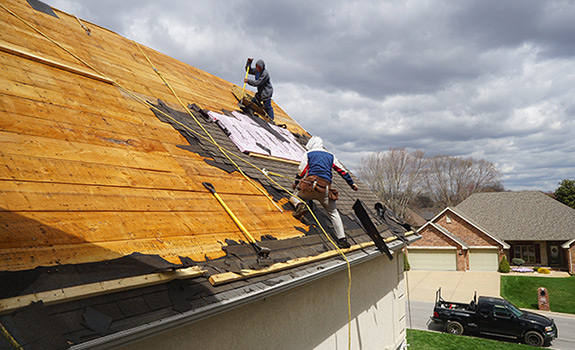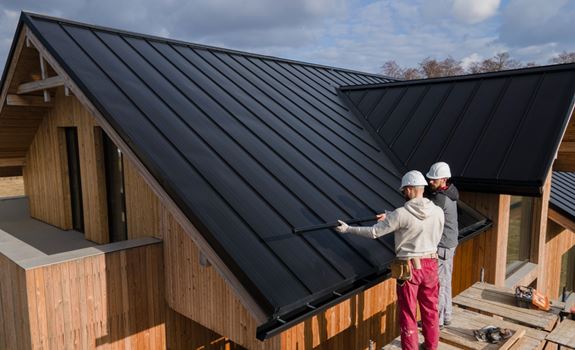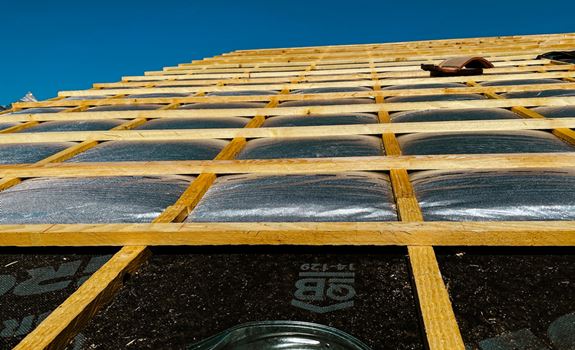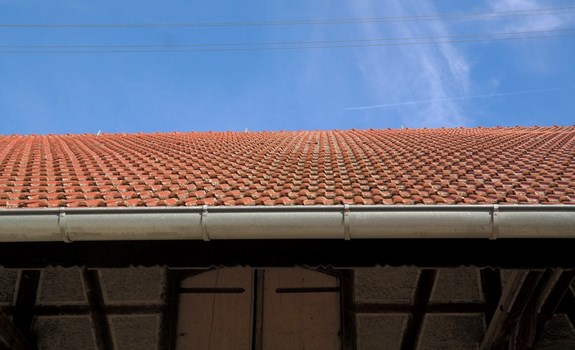Your roof is a significant investment, offering long-term protection from the harsh elements and maintaining a comfortable living space for you and your family. However, like many parts of your home, your roof requires regular maintenance to function optimally.
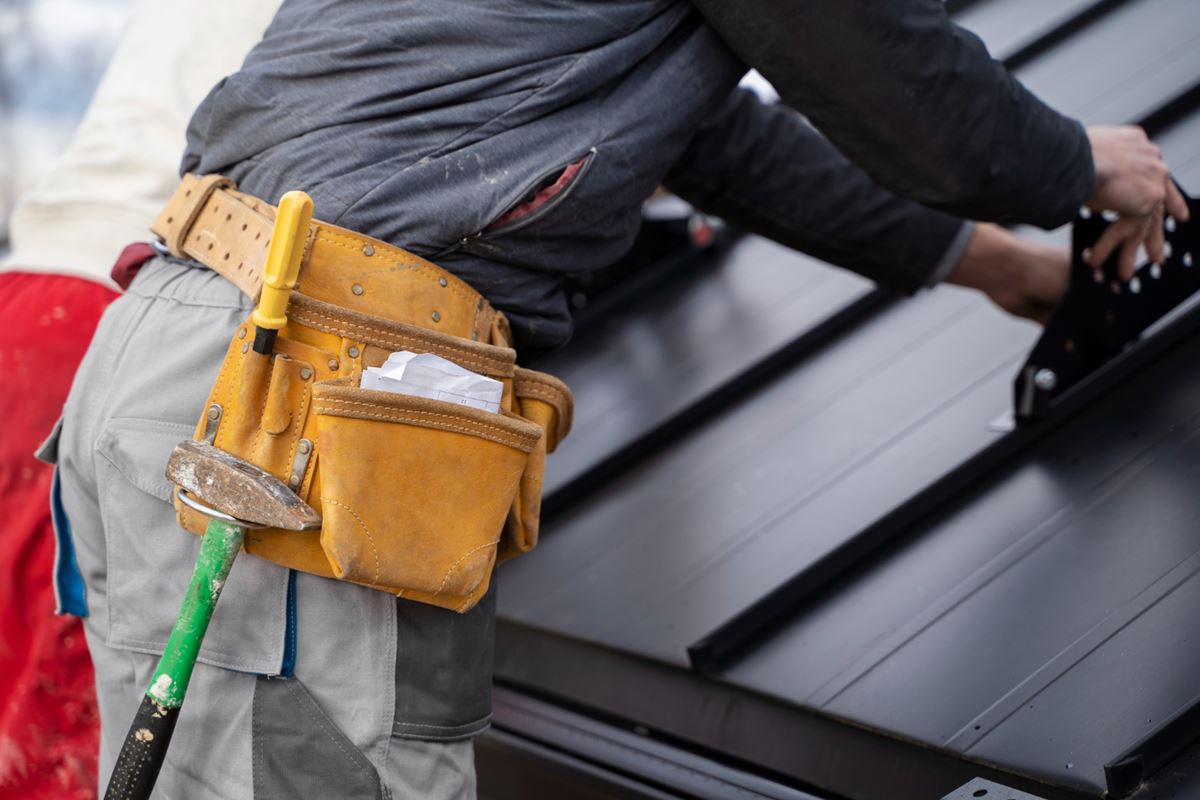
The Importance of Regular Roof Maintenance
Regular roof maintenance is crucial for several compelling reasons. One, it helps pinpoint and address minor issues before they escalate into major problems.
A small leak, if unnoticed or ignored, can seep into underlying structures, leading to wood rot, mold growth, and even structural damage. This type of water damage can compromise the integrity of your home.
A well-maintained roof can withstand weather conditions, such as heavy rain, snow, hail, and high winds, thus reducing the likelihood of premature failure and extending its service life.
Energy efficiency is another key aspect of roof maintenance. A well-maintained roof can improve your home’s insulation capabilities, preventing heat loss during the winter and keeping your home cooler in the summer.
Maintaining the integrity of your roof’s insulation and ventilation systems can reduce the strain on your heating and cooling systems, leading to lower energy bills and a more comfortable living environment.
Regular maintenance enhances your home’s aesthetic appeal, boosting curb appeal and potentially increasing market value. Overall, proactive roof maintenance protects your investment and ensures your household’s safety and comfort.
Best Practices for Preventative Roof Care
Preventative roof care involves proactive steps that homeowners can take to make sure their roofs remain in optimal condition. Here are the key practices to follow:
Schedule Regular Inspections
Conducting regular roof inspections is essential for catching potential issues early. Inspections should be done at least twice a year, ideally in the spring and fall. Look for signs of wear and tear. Watch out for subtle signs such as cracked shingles, rusted flashing, and sagging areas. Addressing these issues can prevent more significant problems down the line.
Do Timely Repairs
When issues are identified during inspections, timely repairs are crucial. Ignoring necessary repairs can only cause more extensive damage and higher costs. Whether fixing a small leak, replacing damaged shingles, or repairing flashing, addressing problems keeps your roof in good condition and protects your home from water damage.
Ensure Proper Ventilation and Insulation
Proper ventilation and insulation play a significant role in maintaining your roof’s health. Adequate ventilation prevents moisture from building up, which can lead to the growth of mold. When this spreads, it can cause structural damage.
Insulation helps regulate your home’s temperature, which reduces the strain on your roofing system and increases its lifespan. Your attic should have proper ventilation and insulation to maintain a healthy roof.
Carry Out Gutter Maintenance
Gutters direct water away from your roof and home. If clogged, gutters can cause water to back up, leading to roof leaks and water damage. Clean your gutters and downspouts. Prioritize this task after heavy rains or during the fall when leaves can accumulate. If budget permits, install gutter guards to minimize debris buildup and reduce maintenance efforts.
Seek Professional Help
While DIY maintenance can address many minor issues, some tasks are best left to professionals. Professional roofers possess the skills and tools to perform thorough inspections, identify hidden problems, and execute complex repairs. For reliable roofing services, contact All County Exteriors, a trusted provider of comprehensive roofing solutions.
Safeguard Your Home with Proactive Roof Maintenance
Taking proactive steps to maintain your roof protects your home from damage and extends the lifespan of your roofing system.
- Conduct regular roof inspections
- Address issues with timely repairs
- Ensure proper ventilation and insulation
- Maintain clean and functional gutters
- Seek professional help for complex tasks
Published in: Home advice | Author: Lynn




